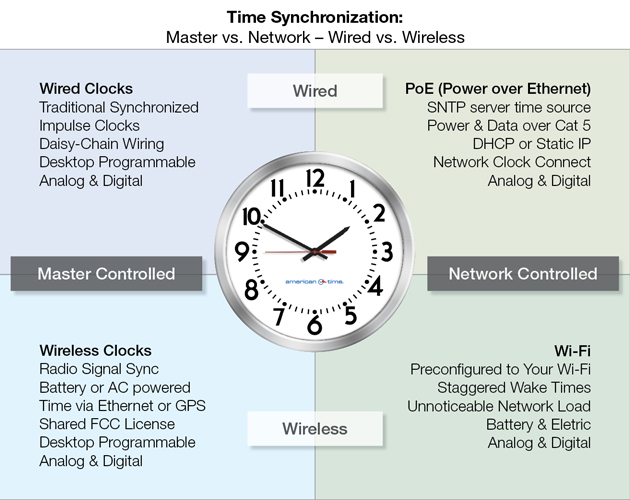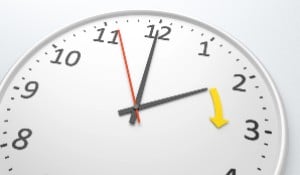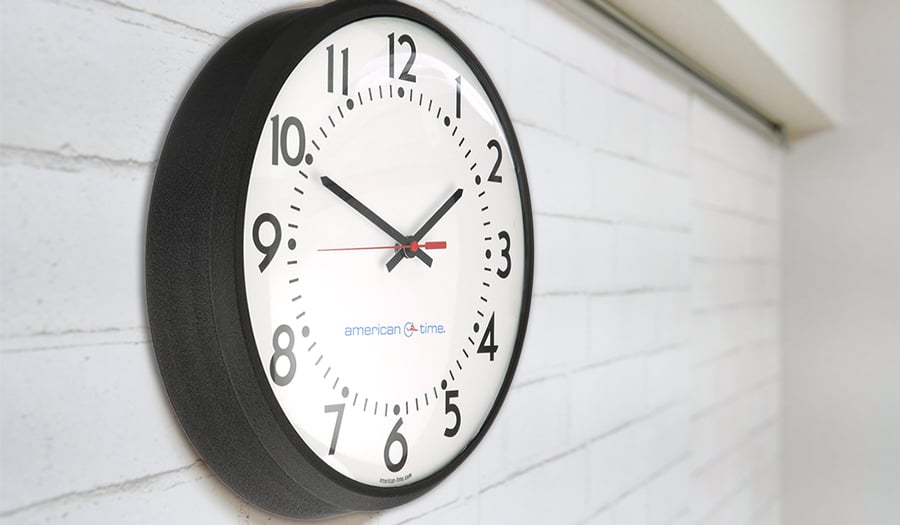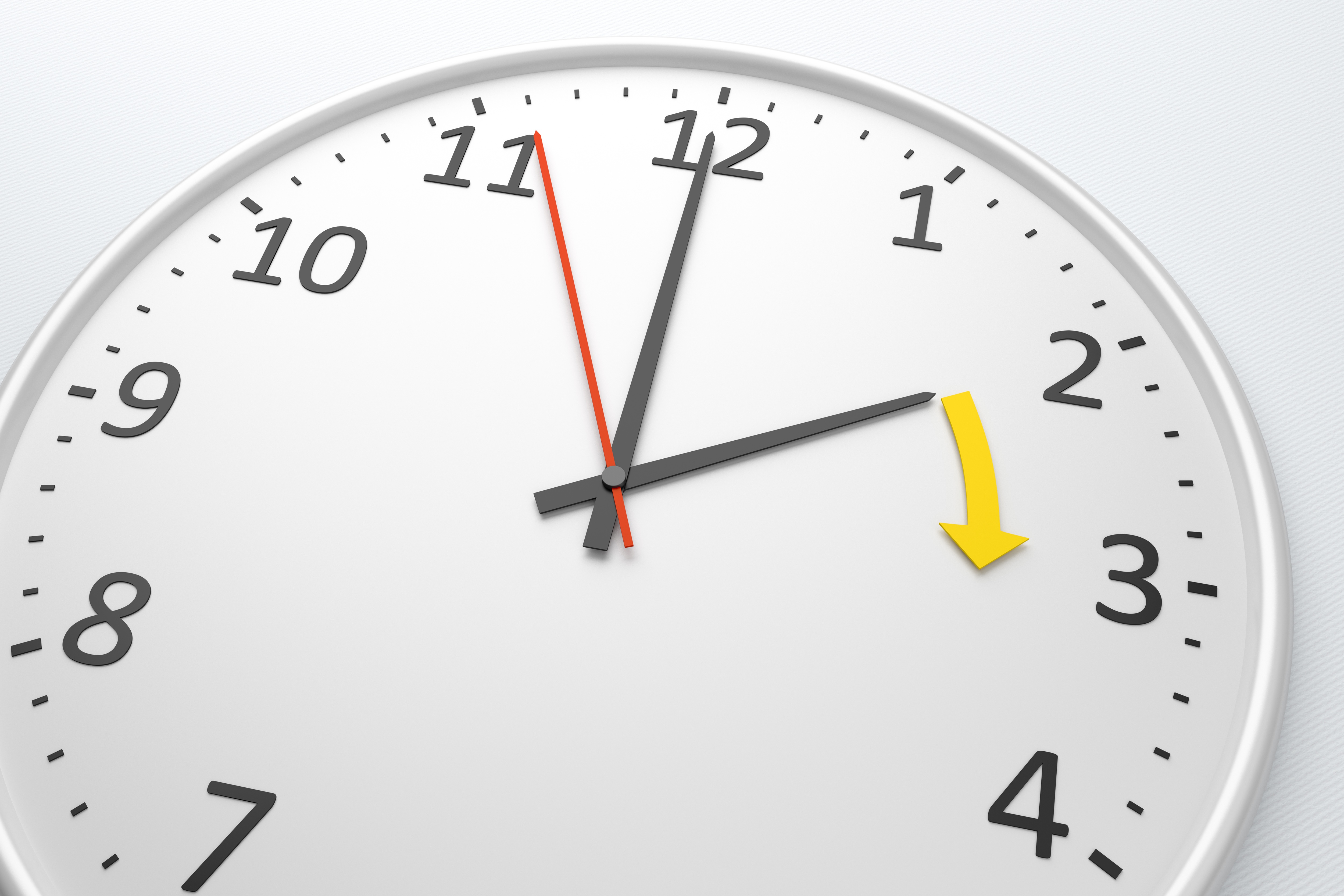Accurate, synchronized clocks in your building, school or facility are more than a convenience. When clocks display the wrong time or different times from each other, major disruptions and even risks can happen, such as….
- Meetings, classes or shifts start and end at different times, causing confusion and inefficiency
- Wages or compensation are disputed
- Critical tasks like surgeries, food prep or manufacturing processes aren’t tracked or reported accurately
- Maintenance staff spend too much time on clock repairs and adjustments
| “Employees didn’t have reliable clocks for calculating shift changes or break times. There were lots of debates about whether an employee was really tardy or not, whether some people were abusing their break times by leaving early and returning late, and whether meetings were starting and ending on time.” |
Read More









